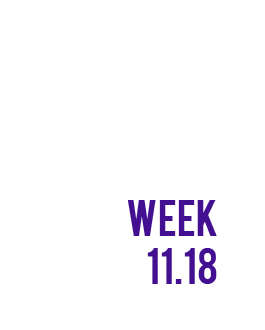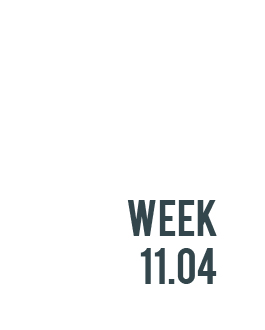
Here’s what the sports science team at IMeasureU is reading this week:
The first article from this edition of the articles of the week comesPaul Glazier and Sina Mehdizadehb. This article is one for the biomechanists out there and critically examines, from a dynamical systems theoretical standpoint, the claim that athlete-specific optimum sports techniques can be identified through biomechanical optimisation modelling. Concluding remarks from the authors suggest that although great advancements have undoubtedly been made in
biomechanical optimisation modelling of sports techniques in the last 35 years, claims that sports biomechanists can now determine the optimum technique for a given athlete may be more science fiction and science fact.
The next article comes from author Irineu Loturco and colleagues. This article is for the strength and conditioning coaches a the authors examined the effects of two jump squat training programs involving different loading ranges in under-20 soccer players during a preseason period. They trained one group below the optimum power zone and the other above the optimum power zone. In a simple conclusion, both training schemes induced positive changes in athletic performance.
This article in the Sports Medicine Journal by author Gustav Ljunggren and colleagues evaluated the inter-rater reliability of the knee control exercise fidelity checklist. In conclusion, the exercise fidelity checklist developed for the knee control injury prevention exercise programme has high inter-rater reliability and can be used to determine whether players perform knee control exercise correctly.
Our fourth article comes from the Journal of Science and Medicine in Sport and author James Hannigan at San Jose State University. This paper compared ground reaction forces and ankle kinematics during running between three shoes (maximal, traditional, and minimal) from the same manufacturer that only varied in stack height. Results of this study suggest that while the loading rate was significantly greater in the minimal shoe compared to the maximal shoe, no other differences were seen for the ground reaction force variables. Also, the eversion mechanics in the maximal shoes from this study may place runners at a greater risk of injury.
The last article in this week’s articles of the week comes from Kate Webster and colleagues in the American Journal of Sports Medicine. This paper investgiates whether the same factors which are associated with return to sport participation post ACL reconstruction are associated with a return to preinjury level of sport performance. Although the majority of athletes who returned to sport after ACL reconstruction reported that their performance was comparable with preinjury, having a greater psychological readiness to return during rehabilitation was the most significant predictor of a subsequent return to comparable performance.
For more sports science check out our blog for in-depth case studies and industry updates. Also, be sure to sign up for our newsletter below so you are always up to date with the latest research.




